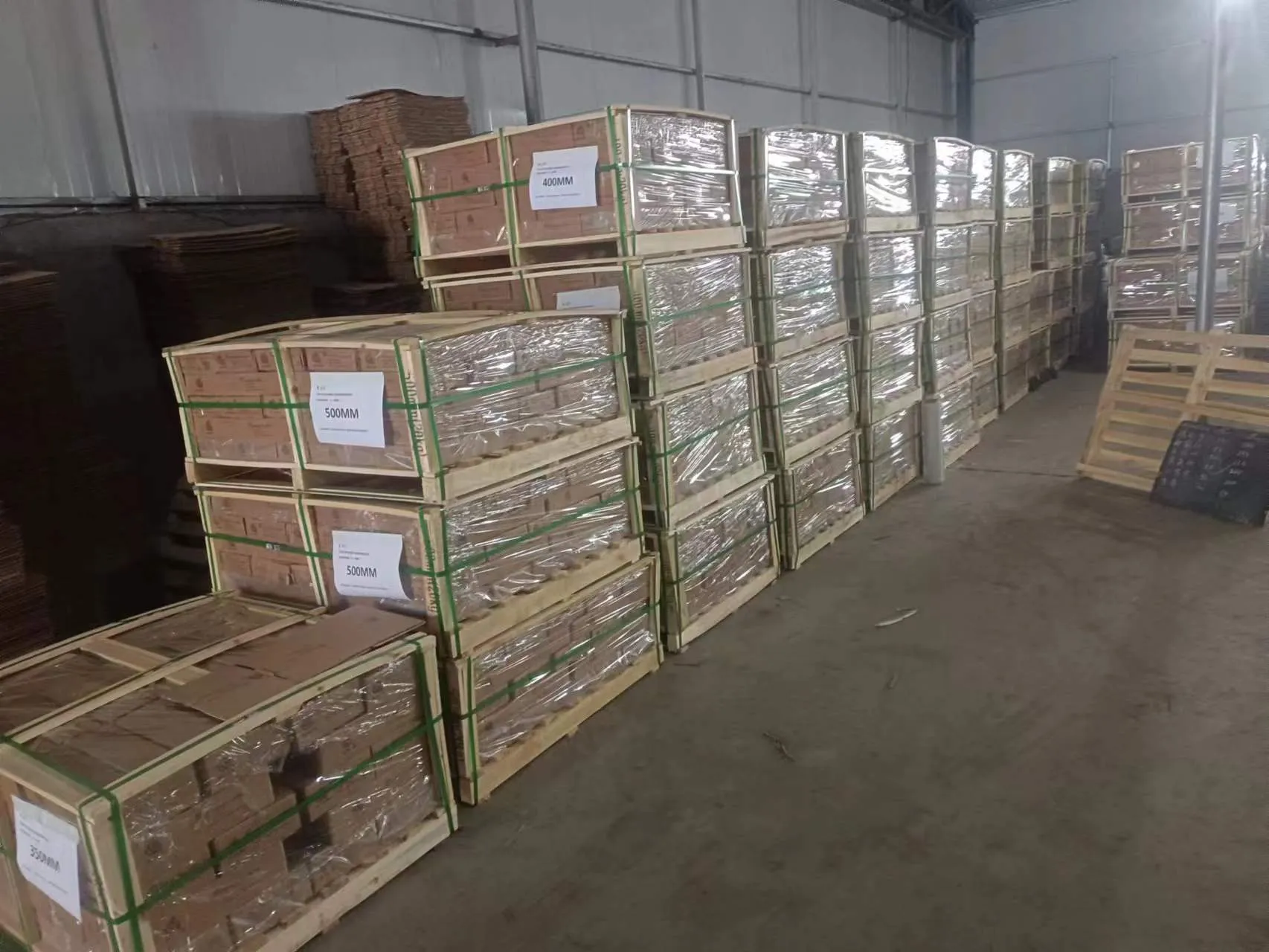Dis . 04, 2024 09:53 Back to list
construction nails
The Significance of Construction Nails in Modern Architecture
Construction nails may seem like simple, unassuming fasteners, yet they play a crucial role in the realm of construction and architecture. These small, metal spikes are among the oldest tools used in building, and despite technological advancements in the industry, their relevance has not waned. This article delves into the significance, types, applications, and innovations of construction nails in modern architecture.
The Historical Context
Nails have been utilized by humans for thousands of years. The earliest forms of nails were made of wood, clay, or iron and were used in ancient civilizations for building shelters and furniture. The transition to metal nails around 1200 B.C. marked a revolutionary change in construction practices, significantly improving the durability and strength of structures. The development of mass production techniques in the 19th century, with the advent of mechanized manufacturing, made nails affordable and widely available, further embedding them into everyday construction.
Types of Construction Nails
Construction nails come in various types, each designed for specific applications
. Common types include1. Common Nails These are perhaps the most recognizable type. Thick and strong, common nails are primarily used for framing and heavy-duty applications. 2. Finishing Nails Thinner and with smaller heads, finishing nails are used in applications where the nail needs to be driven below the surface, making them ideal for trim and molding.
3. Roofing Nails With large heads and sharp points, roofing nails are specifically designed for securing shingles and roofing materials, preventing leaks and ensuring stability.
4. Concrete Nails These heavy-duty nails have a hardened shaft, allowing them to penetrate concrete and masonry, making them essential for securing wooden structures to concrete bases.
5. Specialty Nails There are nails designed for specific purposes, such as spiral or ring-shank nails, which provide added holding power and decreased withdrawal rates compared to standard nails.
construction nails

The Role of Construction Nails in Modern Architecture
In contemporary architecture, construction nails are indispensable in creating solid foundations and resilient structures. Their primary function is to join materials together, ensuring the integrity of buildings. While modern construction often utilizes screws and bolts, nails are still preferred in many situations due to their ease of use, speed of installation, and ability to distribute loads evenly.
1. Speed and Efficiency In an industry where time is often money, construction nails allow for rapid assembly of structures. Skilled laborers can drive in hundreds of nails quickly, which is crucial during large-scale construction projects.
2. Structural Integrity Nails provide excellent initial holding power, allowing beams, panels, and other materials to remain tightly together as additional construction proceeds. This initial strength is particularly vital during the early phases of building when structures are most vulnerable.
3. Economic Advantages Nails are typically less expensive than other fastening options such as screws or bolts. In large construction projects, this cost efficiency can accumulate significantly, leading to substantial savings.
Innovations in Nail Technology
With evolving building practices and materials, innovations in nail production and design have emerged. For instance, corrosion-resistant coatings are now common, allowing nails to be used in environments that were once unsuitable due to moisture or chemicals. In addition, advancements in pneumatic nail guns have revolutionized how nails are used on construction sites, enabling even faster and more efficient installation.
Moreover, the advent of engineered woods and composite materials has led to the creation of specialized nails that cater to these products. Structural requirements in modern architecture require nails that can handle various forces and stresses, leading to ongoing research and development in fastener technology.
Conclusion
Construction nails may be small in size, but their impact on modern architecture and construction cannot be overstated. As the backbone of countless structures, they exemplify the blend of traditional craftsmanship and modern innovation. Understanding their various types, significance, and evolving technology helps us appreciate the foundational role they play in the buildings we inhabit and the infrastructure that supports society. In a world aiming for sustainability and efficiency, nails continue to be a symbol of durability and practicality, proving that sometimes, the simplest tools are the most effective.
-
Weather Resistance Properties of Quality Roofing Nails
NewsAug.01,2025
-
How Galvanised Iron Mesh Resists Corrosion in Harsh Environments
NewsAug.01,2025
-
Creative Landscaping Uses for PVC Coated Wire Mesh Panels
NewsAug.01,2025
-
Common Wire Nail Dimensions and Their Specific Applications
NewsAug.01,2025
-
Choosing the Right Welded Wire Sheets for Agricultural Fencing
NewsAug.01,2025
-
Anti - Climbing Features of Razor Wire Barriers
NewsAug.01,2025









